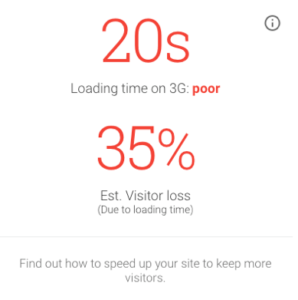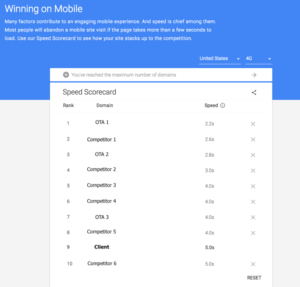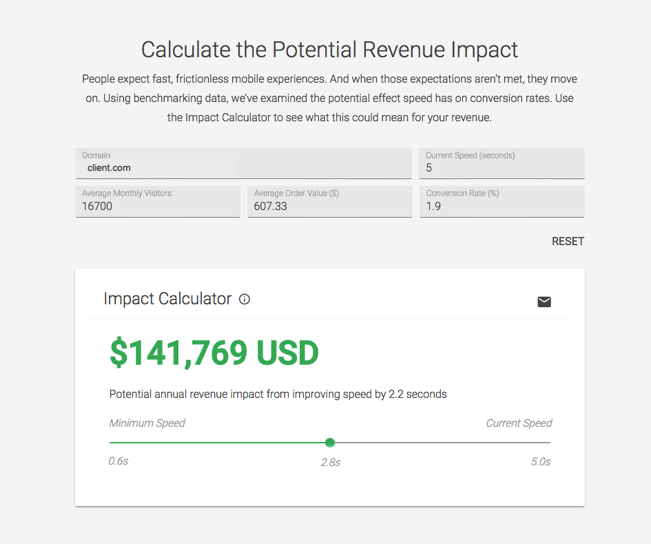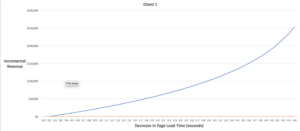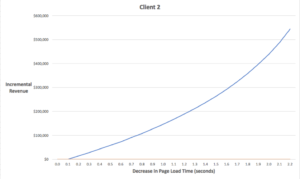How To Avoid Costly Website Performance Issues Within Google Tag Manager
What Is Google Tag Manager?
Tag managers have become increasingly commonplace on modern websites for many reasons. They provide ease of access for placing scripts and light applications onto websites, without having to lean heavily on a developer and allow these additions to be placed without interrupting the website’s base functionality. As time has passed however, some concerns have arisen about using tag managers, such as Google Tag Manager, one of which is overcrowding.
Website Performance Contributors
Your website is set up with a number of assets (Pictures, Videos, Graphics, Apps etc) that all contribute to the load time and overall site performance. Other factors might include your site host service, outdated code/low functioning coding, or the number of people accessing your site at the same time without adequate scaling. Most of these issues are within your control to manage and can be handled by your development team.
Tag Managers Effect on Website Performance
Typically, a tag manager such as Google Tag Manager will not affect site performance that much. With well regulated use, a typical tag manager will serve a limited number of marketing and analytics tags and some of these tags can be loaded after the website pages have already loaded completely. A well regulated Google tag management container should have a minimal to unnotiable effect on website performance. When a tag manager is mismanaged it can present a number of problems that will have a varying degree of impact on the websites performance and the operation of the tag management container itself.
When Tag Managers Are the Problem
Too Many Tags
How many tags is too many tags to have within your Google tag manager? If a tag manager has ten to twenty basic marketing tags, that amount of additional script will indeed add an additional load to the website’s performance. If all ten to twenty tags are loading inline with the rest of the website, it might see a difference of a few hundred nanoseconds, so unless the website sees a few hundred thousand users per hour or each of these tags has a thousand lines of code, the website’s speed is in no danger of being reduced to a crawl. However if a tag manager container has been accumulating tags over the years, maybe from trying out different publishers or asset integrations and now has 300 or more tags inside, it’s very possible that your tag management container is impeding your website performance to a more noticeable level.
There are very few reasons why any tag management container would need to have tags numbering in the multiple hundreds on any individual site or even multiple websites sharing the same tag manager container. In addition to flirting with website performance issues, letting a container fill up to the point where there are that many tags, will make it somewhat difficult to manage. Think of it like acculating items in your office over the span of multiple years of service. Eventually figuring out what does what and goes where becomes a sizable task in itself and that’s before you consider what you want to remove. A better way to handle your tag management container, and avoid costly website performance issues, is to progressively update and evaluate your tag manager container’s status in regular intervals.
Multiple Tag Manager Containers Running On One Website
Implementing a tag management container, such as Google tag manager, is a relatively easy process in most cases. That ease of implementation can spawn another issue with multiple tag manager containers being placed on a website adversely. Running multiple tag management containers is not always a bad thing. Leveraging two or more containers where both are monitored and their use is openly discussed can work with great efficiency. On the other hand, it’s very possible to lose sight of multiple tag manager container operations as well. A prime example of this is one tag manager container is used for years but the administrator in charge of said tag manager container is the sole owner and has now separated from the organization. Now nobody knows what is inside of the tag management container or how to get inside of it. Without support from the tag manager container product developer, that container is now essentially a ghost ship ‘dead’ on the site.
All too often, the website owner will simply install a new tag manager and continue to operate with two containers installed, not giving it a second thought. A potential nightmare scenario has now been created. The website now potentially has multiple scripts running on that can no longer be verified, and there is an unsecure access point to the site where someone might be able to make major modifications to it or potentially add some form of malware. It may be a little bit of a process, but whatever can be done to recreate the useful instruments from the ‘dead’ tag manager container in the newly created container, and then the ‘dead’ container should be removed as soon as possible.
Conclusion
Tag Management container ownership at first glance is a relatively simple concept, but it has lasting implications and consequences to website operations. Maintaining a well organized and well run tag manager container overtime should be a process similar to housekeeping. Too many tags accumulating and running unchecked in a container without proper oversight, can be a hindrance to website performance and leveraging the container with proficiency. Similarly, operating more than one tag management container on a site, where full utilization transparency does not exist, can present as many if not more problems as a single unkempt container. It is in the best interest of website owners/administrators who have opted to use tagging containers to adopt or create rules and policy around their placement and long term use.
Have questions about how to use Google tag manager properly to avoid website performance issues? Reach out to the tag management experts at GCommerce today.
